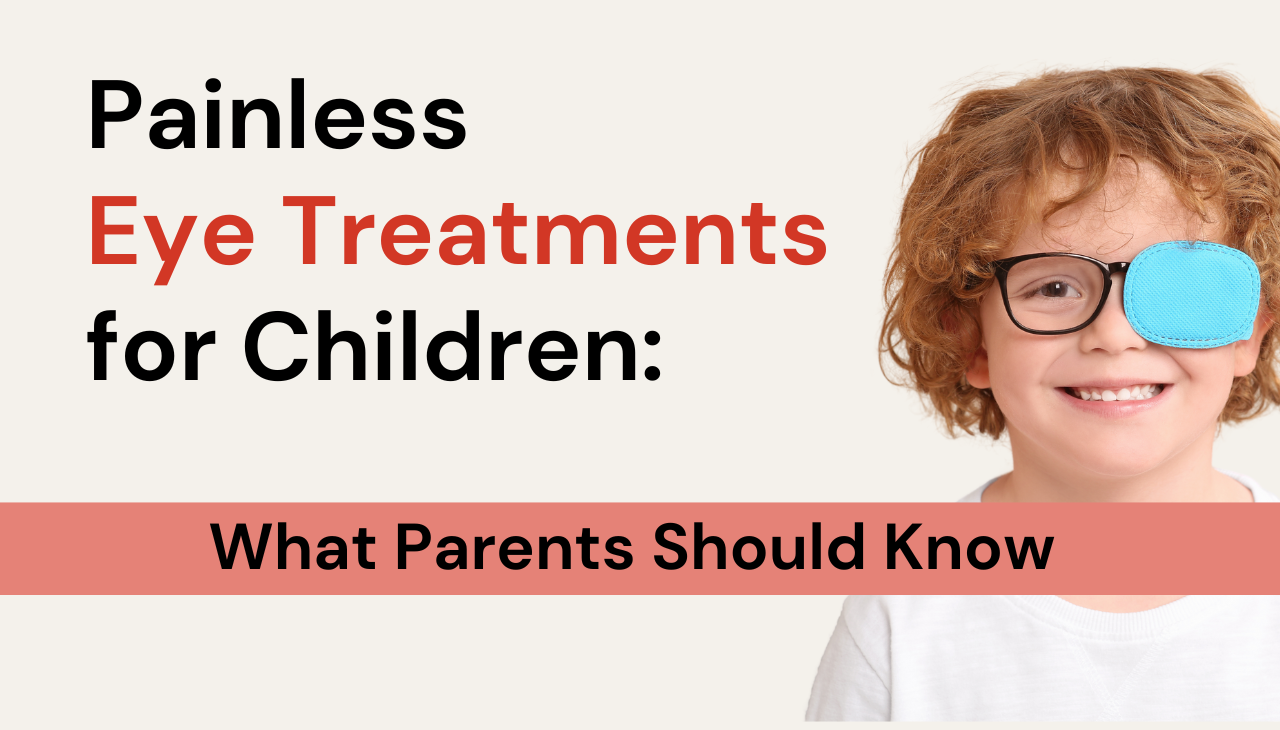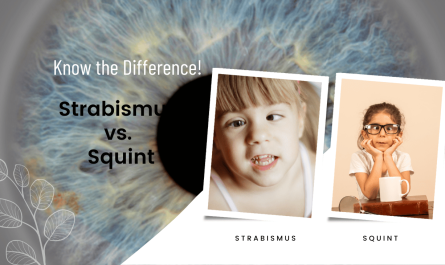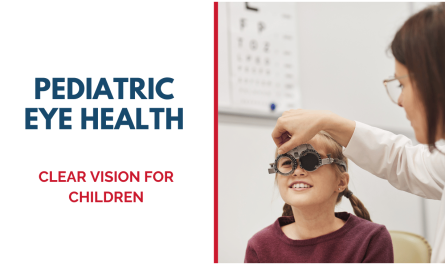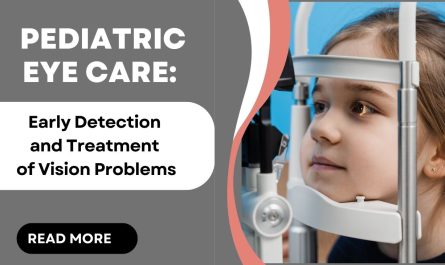Children’s eye health is a crucial aspect of their overall development. Early detection and treatment of eye problems can significantly improve a child’s quality of life. However, many parents are hesitant about seeking eye treatments for their children due to concerns about pain or discomfort. The good news is that modern advancements in pediatric ophthalmology have made most eye treatments painless, effective, and child-friendly.
This blog explores the importance of early eye care, common childhood eye conditions, and the painless treatment options available to ensure your child’s vision remains healthy.
Why Early Eye Care Matters
A child’s vision develops rapidly during the early years of life. Undiagnosed or untreated eye problems can lead to:
- Learning Difficulties: Vision issues may hinder academic performance and classroom activities.
- Delayed Development: Poor eyesight can affect hand-eye coordination and motor skills.
- Permanent Vision Loss: Certain conditions, like amblyopia (lazy eye), can cause irreversible damage if not addressed promptly.
Regular eye check-ups and timely treatment are essential for preventing these complications.

Common Eye Problems in Children
1. Refractive Errors
- What it is: Conditions like myopia (nearsightedness), hyperopia (farsightedness), and astigmatism.
- Signs to watch for: Squinting, frequent headaches, or difficulty reading.
2. Amblyopia (Lazy Eye)
- What it is: Reduced vision in one eye due to improper alignment or focus.
- Signs to watch for: Eye wandering or lack of focus in one eye.
3. Strabismus (Crossed Eyes)
- What it is: Misalignment of the eyes that can lead to double vision or amblyopia.
- Signs to watch for: One eye turning inward, outward, upward, or downward.
4. Allergies or Infections
- What it is: Red, itchy, or watery eyes caused by allergens or bacterial infections.
- Signs to watch for: Eye redness, swelling, or discharge.
5. Congenital Cataracts
- What it is: Clouding of the eye’s lens present at birth or developing in early childhood.
- Signs to watch for: White or grayish pupil and difficulty focusing.
Painless Eye Treatments for Children
Advances in pediatric ophthalmology prioritize comfort and care, ensuring treatments are painless and stress-free for young patients.
1. Non-Invasive Vision Correction
- Glasses: Correct refractive errors with stylish and lightweight frames designed for children.
- Contact Lenses: For older children or specific conditions, soft and comfortable lenses are an option.
2. Eye Patching for Amblyopia
- How it works: The stronger eye is covered to encourage the weaker eye to work harder.
- Why it’s painless: Patching is a simple at-home solution without any medical procedures.
3. Prism Glasses for Strabismus
- How it works: These special glasses correct misalignment and reduce double vision.
- Why it’s painless: They offer a non-surgical solution for mild cases of strabismus.
4. Eye Drops for Infections or Allergies
- How it works: Medicated drops reduce inflammation, infection, or irritation.
- Why it’s painless: Application is quick and discomfort-free, with immediate relief.
5. Minimally Invasive Procedures
For conditions like congenital cataracts or advanced strabismus, minimally invasive surgeries are available:
- Advanced Techniques: Performed under local or general anesthesia, ensuring no pain during the procedure.
- Quick Recovery: Modern tools and techniques reduce downtime and discomfort.
6. Digital Vision Therapy
- How it works: Engaging computer-based exercises improve eye coordination and focus.
- Why it’s painless: This innovative treatment feels more like a fun game than therapy.
How to Prepare Your Child for an Eye Check-Up
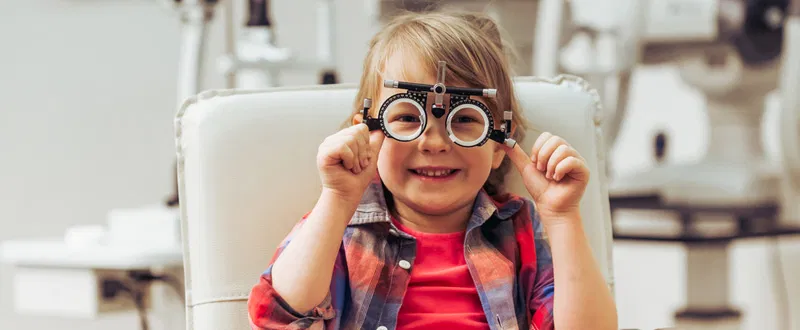
Eye exams can seem intimidating for children, but parents can make the experience stress-free:
- Explain the Process: Use simple words to describe what the doctor will do.
- Bring Comfort Items: A favorite toy or blanket can ease anxiety.
- Choose a Pediatric Specialist: Pediatric ophthalmologists are trained to work with children and ensure a comfortable experience.
Tips for Maintaining Healthy Vision in Children
- Limit Screen Time: Encourage breaks and outdoor play to reduce digital eye strain.
- Balanced Diet: Include foods rich in vitamin A, omega-3 fatty acids, and lutein.
- Protective Eyewear: Use UV-blocking sunglasses and protective goggles during sports.
- Regular Check-Ups: Schedule annual eye exams, even if no issues are apparent.
Consult Laxmi Eye Hospitals for Expert Pediatric Eye Care
At Laxmi Eye Hospitals, we understand the unique needs of children and offer:
- Child-friendly diagnostic tools for stress-free check-ups.
- Painless and advanced treatment options for common eye conditions.
- Compassionate care by experienced pediatric ophthalmologists.
With branches in Dombivli, Panvel, Kharghar, Kamothe, Laxmi Eye Hospitals is dedicated to safeguarding your child’s vision.
Schedule an appointment today to ensure your child receives the best eye care in a comfortable and caring environment.
Conclusion
Ensuring your child’s eye health doesn’t have to be a daunting experience. With painless treatments and modern techniques, early detection and management of eye conditions have become more effective and less stressful for children and parents alike.
Trust the experts at Laxmi Eye Hospitals to provide exceptional care and protect your child’s vision for a brighter, healthier future.

